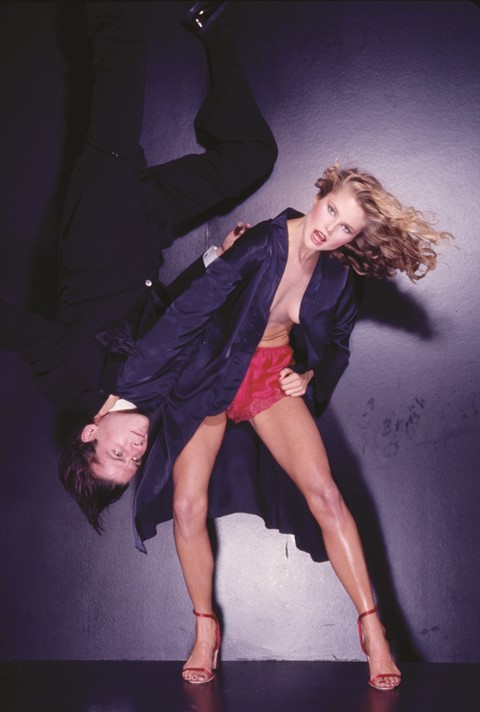The German photographer's groundbreaking body of work is explored in a provocative new tome...
Chris von Wangenheim was one of the most groundbreaking fashion photographers of the 20th century. From 1968 until his death in a car accident in 1981, he ranked alongside Helmut Newton and Guy Bourdin in his masterful encapsulation of the 1970s zeitgeist. Now, a forthcoming Rizzoli monograph about the pioneering image-maker gives us a welcome excuse to revisit his brilliant oeuvre.
Von Wangenheim was born in Breig, in what was then a war-torn East Prussia, in 1942. His father, an officer in the German Army, died in Soviet captivity in 1953 (most likely a suicide), a tragedy that would go on to inform his son's dark nature. By this time von Wangenheim was living in the Bavarian mountains with his mother and sister and, inspired by a kindly photographer living in the upstairs flat, had developed a burgeoning interest in photography.
Von Wangenheim carried this fascination with him into adulthood, particularly identifying with the work of American fashion photographers, and in 1965 he relocated to New York City to kickstart his own career. He cut his teeth as an assistant for Harper's Bazaar photographer James Moore, and as a result secured a few pages in the magazine. But it wasn't until von Wangenheim captured the attention of newly appointed special features editor at Vogue Italia, Anna Piaggi, in 1969 that the young photographer found his moment to shine.
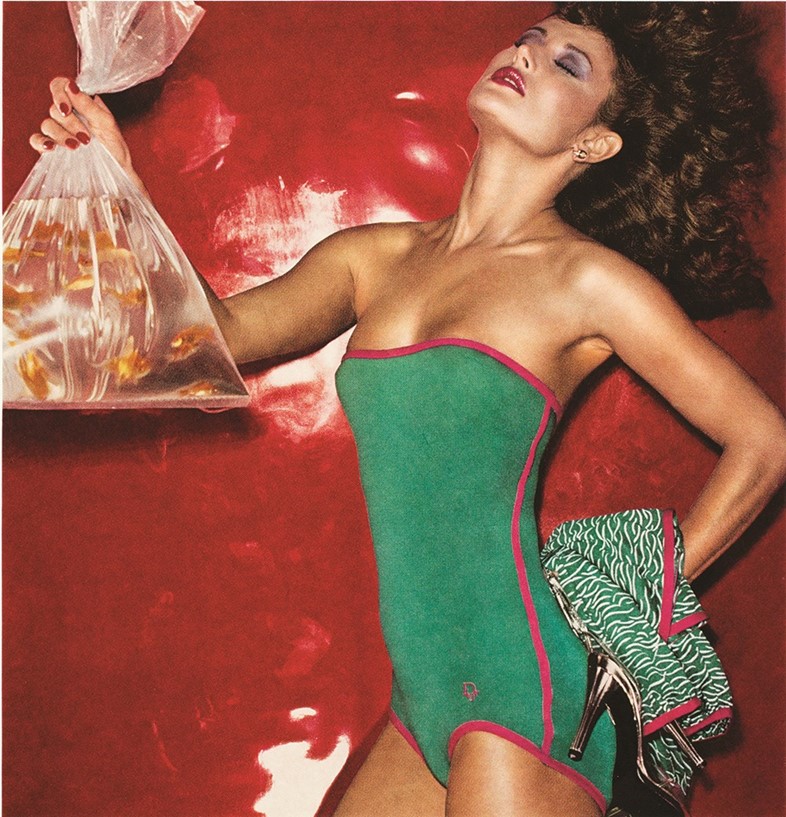
The flamboyant Piaggi had a vibrant and provocative vision that perfectly aligned itself with von Wangenheim's aesthetic, and under her reign he began to develop his unique, yet definitively 70s style. The 60s and 70s saw a wave of violence seep its way into all areas of popular culture, from Andy Warhol's Death and Disaste period to films like Dirty Harry and Taxi Driver, and von Wangenheim simply thought, “the violence is in the culture so why shouldn’t it be in our pictures?” What ensued were hugely impactive images filled with gun-toting beauties, teeth-baring dobermans, blood, bare breasts and billowing smoke. Von Wangenheim's work was macabre, sexy, incendiary, chic and in very high demand, and before long he was shooting for everyone from Dior to US Vogue to Playboy.
"Chris first and foremost wanted to do pictures that were page stoppers. You would look through a magazine and literally stop in your tracks once you got to his photos" – Christie Brinkley
As von Wangenheim's frequent collaborator, model Christie Brinkley explains in the book, “The thing was to try to shock. So it was a reaction to what had come before. And as the images got more and more shocking, it got to the point where they became a bit disturbing. Photographers like Chris first and foremost wanted to do pictures that were page stoppers. You would look through a magazine and literally stop in your tracks once you got to his photos and, once you had stopped, a dialogue could ensue.”
Here, in celebration of the book's release and of the great man himself, the publication's authors Mauricio and Roger Padilha talk us through the significance of some of our favourite von Wangenheim images.

Roger Padilha: "The controversial Dior advertising campaign was spearheaded by Gene Frederico, one of the top art directors of the time, who selected Chris to breathe new life into the then staid fashion house. It was a genius move to unleash this edgy young photographer on the hallowed fashion house’s image and the ads Chris created over five years were the most shocking and talked about at the time. 'Revealing' [inset above] is a fantastic image for its use of extreme colours and seemingly arbritary subject matter as it really predates a style of photography that became wildly popular in the mid 80s and beyond (remember that when this image was published, the 70s were all about neutral colours and beige makeup!). 'Intriguing' [directly above] is a great image as well and utilises paranoia and voyerism to showcase Dior sunglasses. Mauricio and I love a subtext and Chris’ work was full of them!"
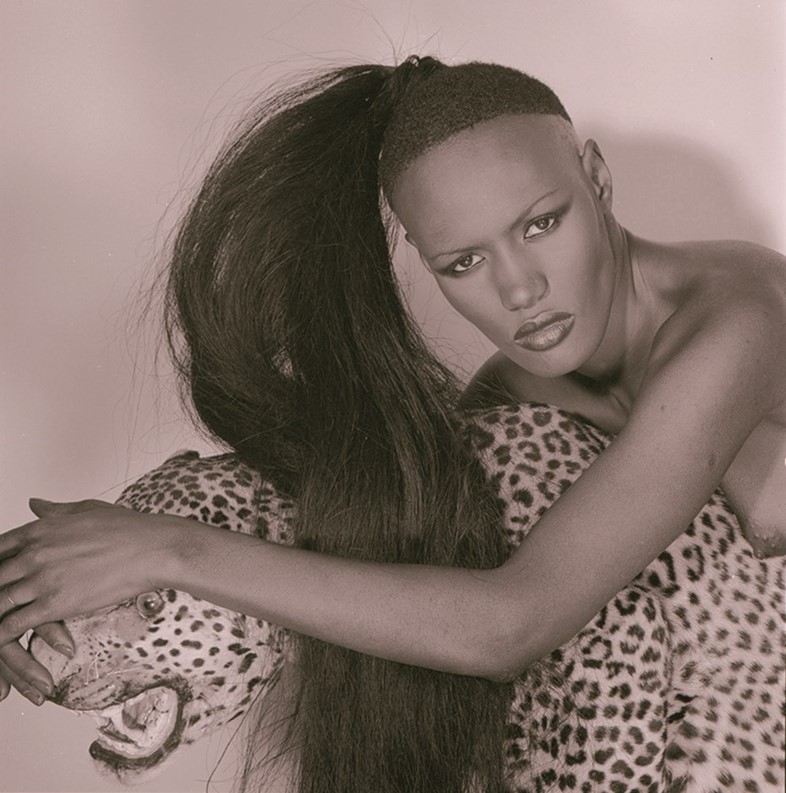
Mauricio Padilha: "Chris selected models who, although extremely beautiful, did not typify the blonde California girl that was most often used in the 70s. Diverse women such as Bianca Jagger, Grace Jones, and Gia Carangi were his muses and he certainly seemed to always be looking for models with more character such as Warhol superstars Donna Jordan and Jane Forth. And when he would be asked to shoot 'the girl next door' such as Christie Brinkley, he would make her seem sinister and dark."

Roger Padilha: "For a fashion photographer, Chris really didn’t shoot a lot of clothing! But as pornography became destigmatised in the 70s, fashion photographers started working simultaneously for publications such as Vogue and Harpers in addition to more sexually charged publications such as Oui, Viva, and Playboy. It was a statement in that moment when women became sexually and professionally liberated at the same time."
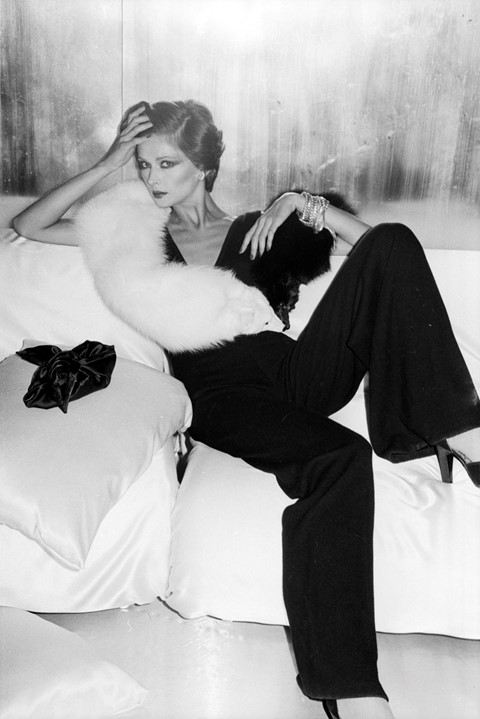
Roger Padilha: "Model Regine Jaffrey met Chris in 1971 when he was booked to shoot a Revlon ad and she was the model. He didn’t want to photograph her but as she was under contract with Revlon, he had no choice. She must have made a better impression during the shoot as they were soon married. Regine appears in many of Chris’ most iconic works and even worked a bit behind the scenes."

Mauricio Padilha: "Chris was dubbed the king of Porno Chic by his distractors who thought some of his images were degrading to women but looking through his entire oeuvre this seems misdirected. Images such as the one above were more likely to have been inspired by the work of Robert Mapplethorpe who had just started establishing his fine art career as well as the works of Allen Jones who Chris was a huge fan of."
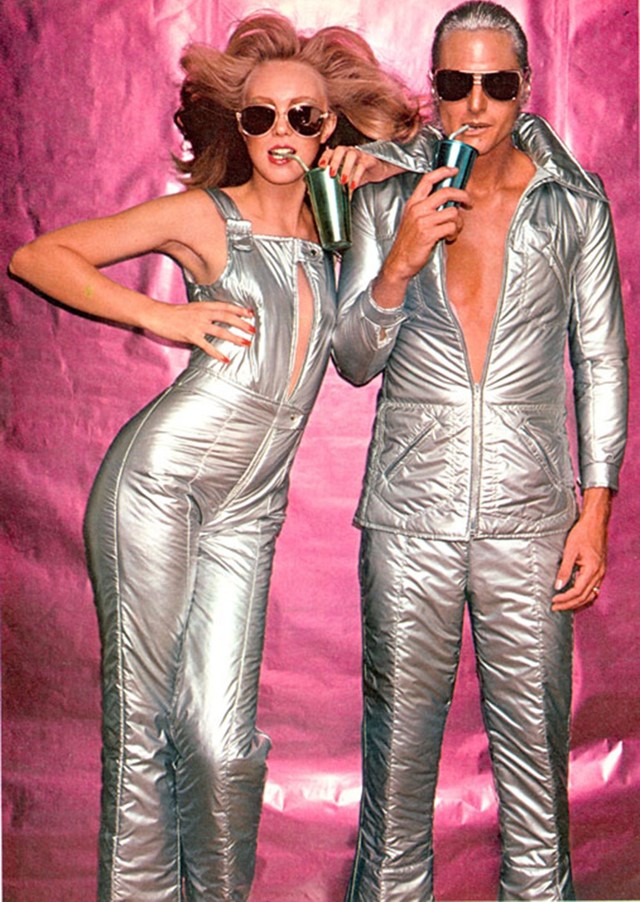
Mauricio Padilha: "This image really seems to capture that futuristic Fiorucci/Studio 54 look. Chris, although very aristocratic and European, loved to hang out at Studio, Max’s Kansas City, and even CBGB’s and get inspired by the creatures of the NYC night."
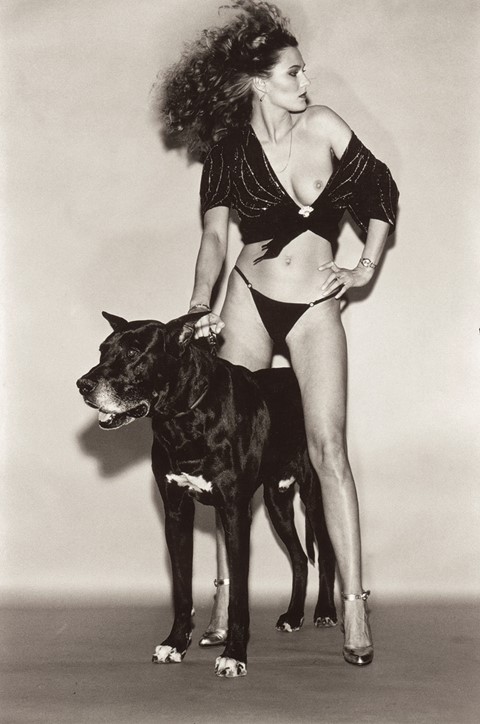
Roger Padilha: "Chris loved shooting women with animals, particularly menacing looking dobermans. This picture is one of many 'Woman and Beast' images – a running theme of women posed seductively with horses, dogs, birds, etc. much to the chagrin of the stylists and his assistants. In one shoot, a doberman shredded a couture Geoffrey Beene dress to bits, much to the horror of Vera Wang – at the time a fashion editor at Vogue. Mr Beene was furious at her for years following that shoot."
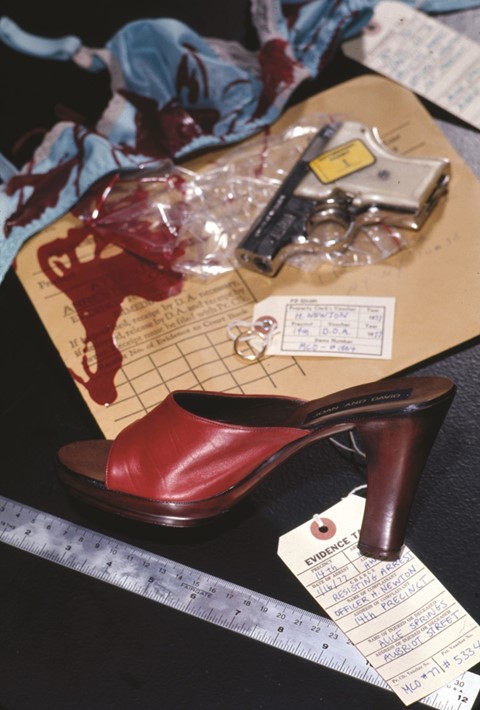
Mauricio Padilha: "This image, although not one of our favourite von Wangenheim images, comes with some pretty good stories behind it. The image was shot for American Vogue in the mid 70s for a shoe editorial but was ultimately killed because the bloodied bra used was by Maidenform who at the time was one of Vogue’s biggest advertisers. Also, if you look closely at the Evidence Tags, you will see 'Officer H. Newton' and 'Alice Springs'… von Wangenheim was very close with Helmut Newton and his wife and the two sort of egged each other on to create the most sensational photography."
Gloss: The Photographs of Chris von Wangenheim is out September 1, published by Rizzoli.
